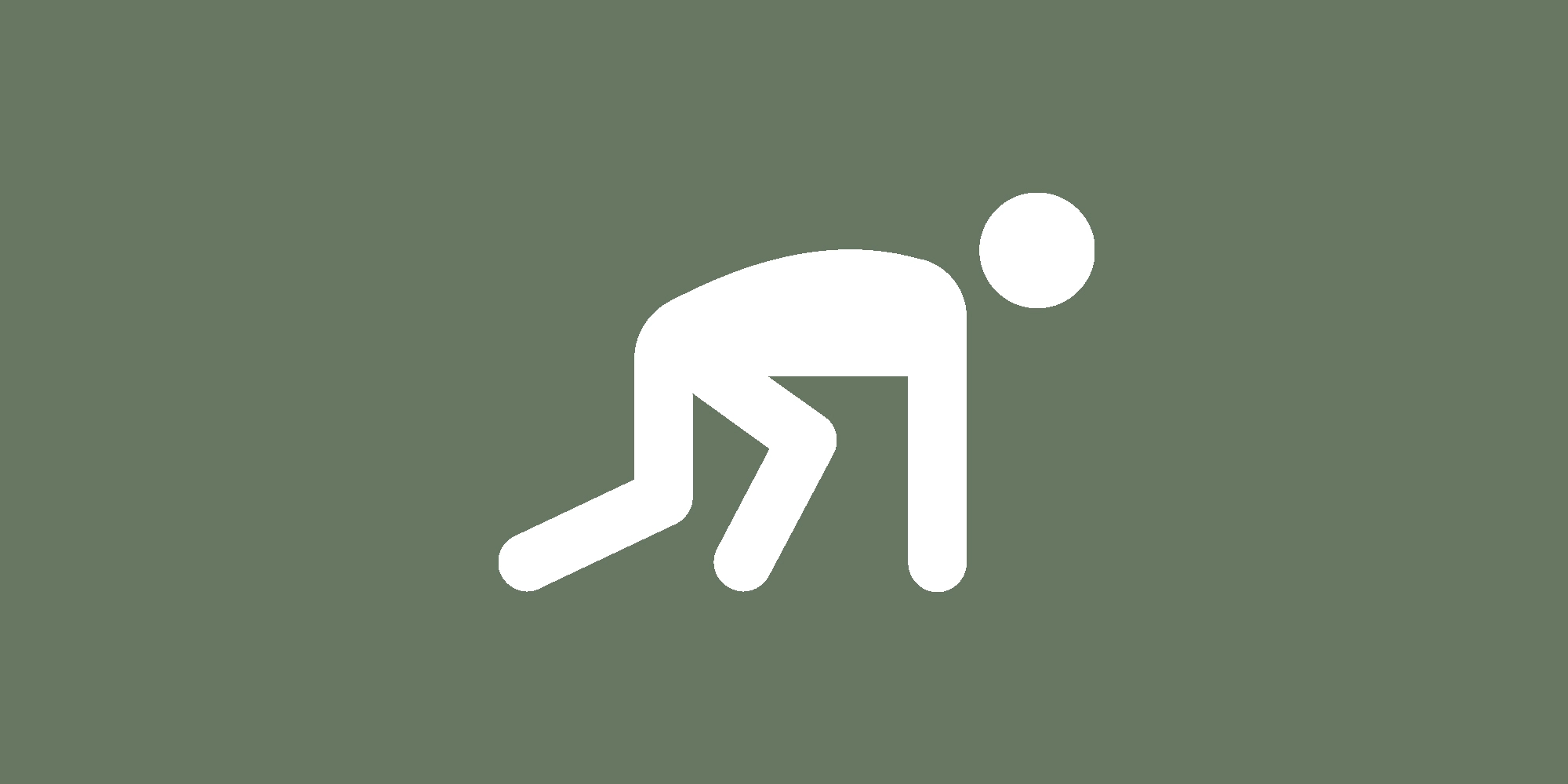
I’ve been freelancing since 2011. From 2012 to around 2018, I used Upwork as my primary way to get freelance clients.
Since then, I have helped many freelancers find their first projects. The one question that always comes up is: how can I 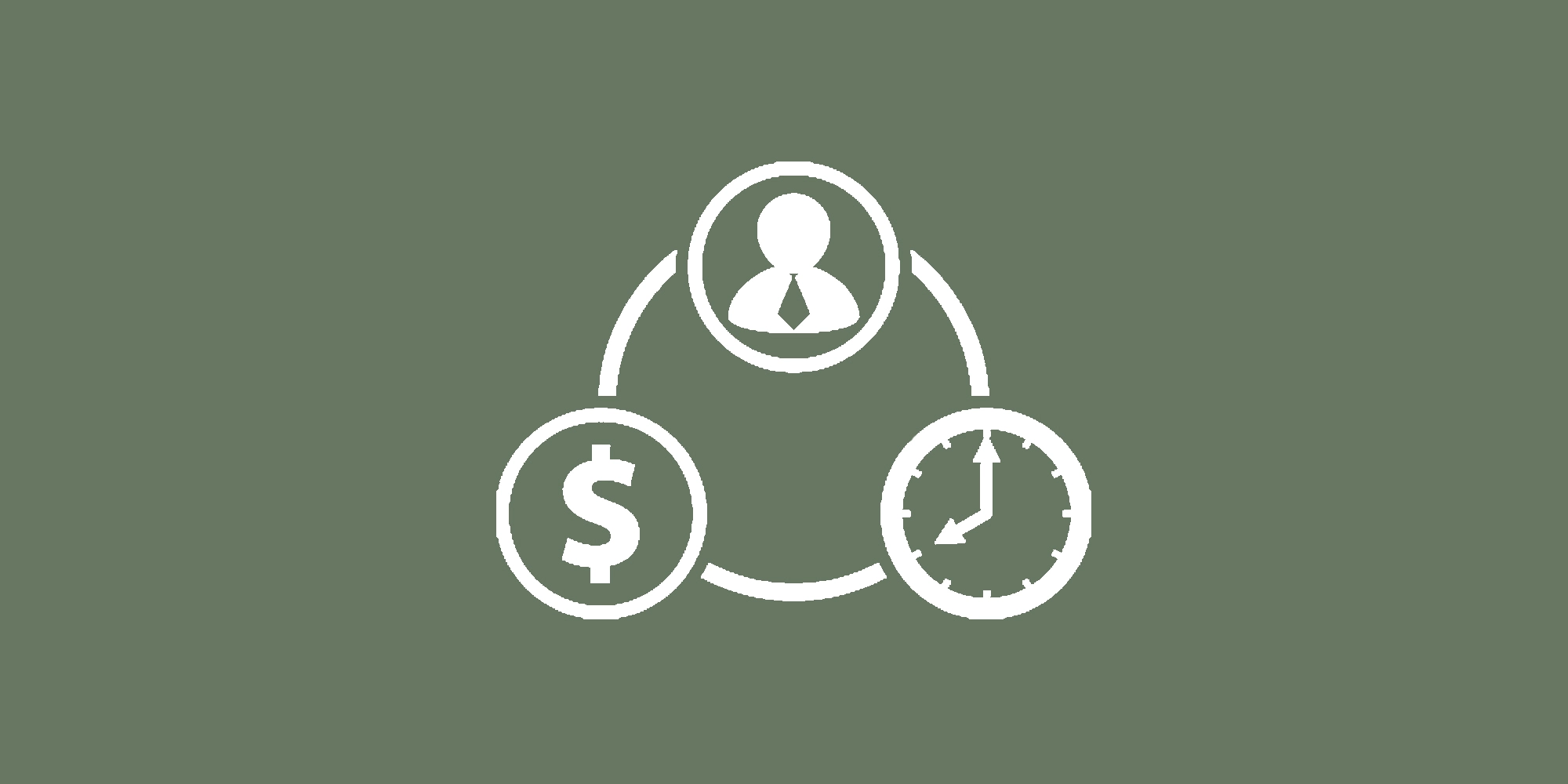 How Long Does It Take To Make Money on Upwork?make money on Upwork with no experience? Is it even possible?
How Long Does It Take To Make Money on Upwork?make money on Upwork with no experience? Is it even possible?
The resounding answer is: it’s not only possible, it’s inevitable - if you adopt the right mindset and consistently apply the approach I’m about to present.
Allow me to present my definitive strategy for getting your first Upwork paycheck.
The elephant in the room
First off, let’s talk about the elephant in the room: where you live matters.
If you’re from a country with low living expenses, your 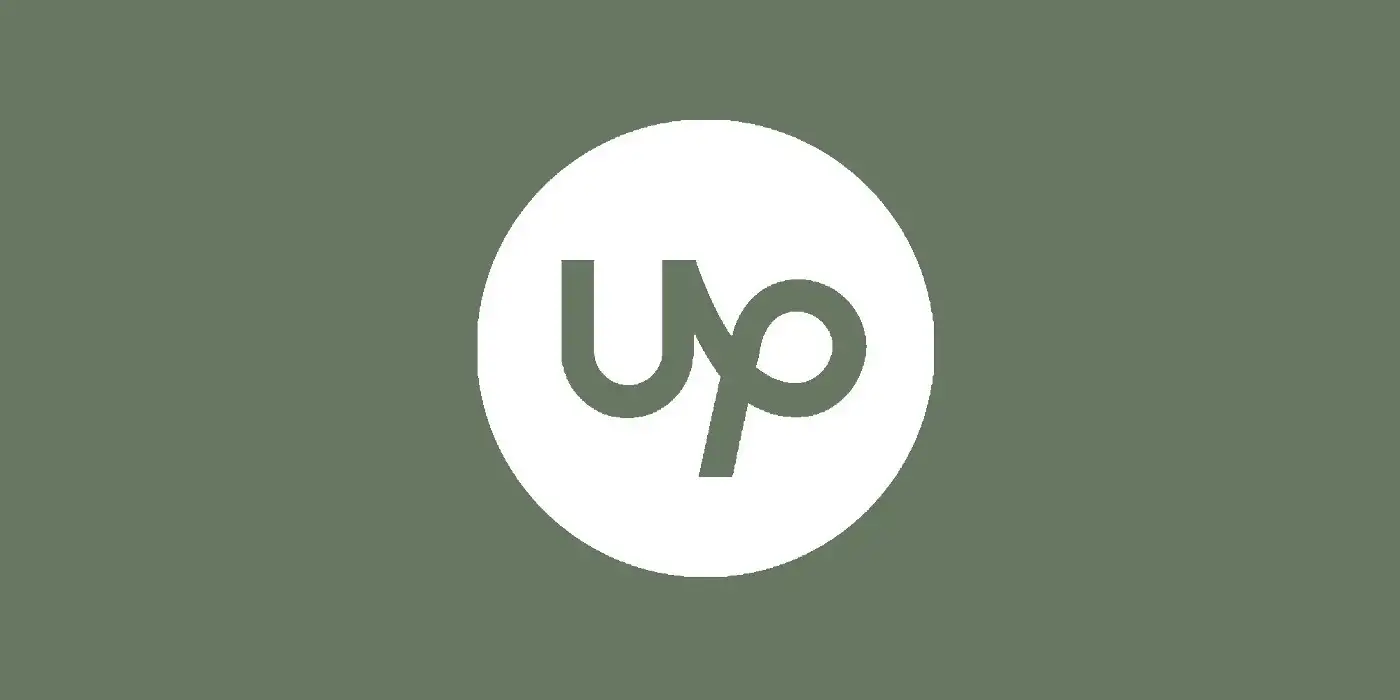 How I Made Over $150k on UpworkUpwork income can quickly grow higher than your national standard. When I started freelancing, it took me only a month to get my income to about twice the average salary here in Montenegro.
How I Made Over $150k on UpworkUpwork income can quickly grow higher than your national standard. When I started freelancing, it took me only a month to get my income to about twice the average salary here in Montenegro.
If you’re from a wealthy country and have high monthly expenses, things are more complicated. If you’re making a 6-figure salary, it will likely take a year or two before you can match it on Upwork. Some freelancers solve this transitionary period by moving somewhere cheap while they build their businesses. Countries like Indonesia and Thailand are popular destinations. Additional plus sides: warm weather, kind people, and amazing food.
If you’re not willing to relocate, you can try freelancing on the side while keeping your full-time job. This is less risky - but more demanding. Working evenings and weekends can quickly become overwhelming.
How much can I earn on Upwork, really?
It’s important to know what you can expect from the start.
Hourly rates on Upwork vary wildly. A freelance software developer might be earning $8/hour or $200/hour. A freelance writer might be charging $0.05 per word or $2 per word. So many variables go into this: level of experience, quality of English, marketing skills, location, and plain old luck.
On fixed-price projects, the differences are even more extreme. A website can go for $200 or $20,000. A logo design can go for $20 or $2,000.
In short, there is no simple answer, but if you’re unsure, always err on the side of overcharging. You might be surprised how much clients are willing to pay for your services. If you want to learn more, read this article about 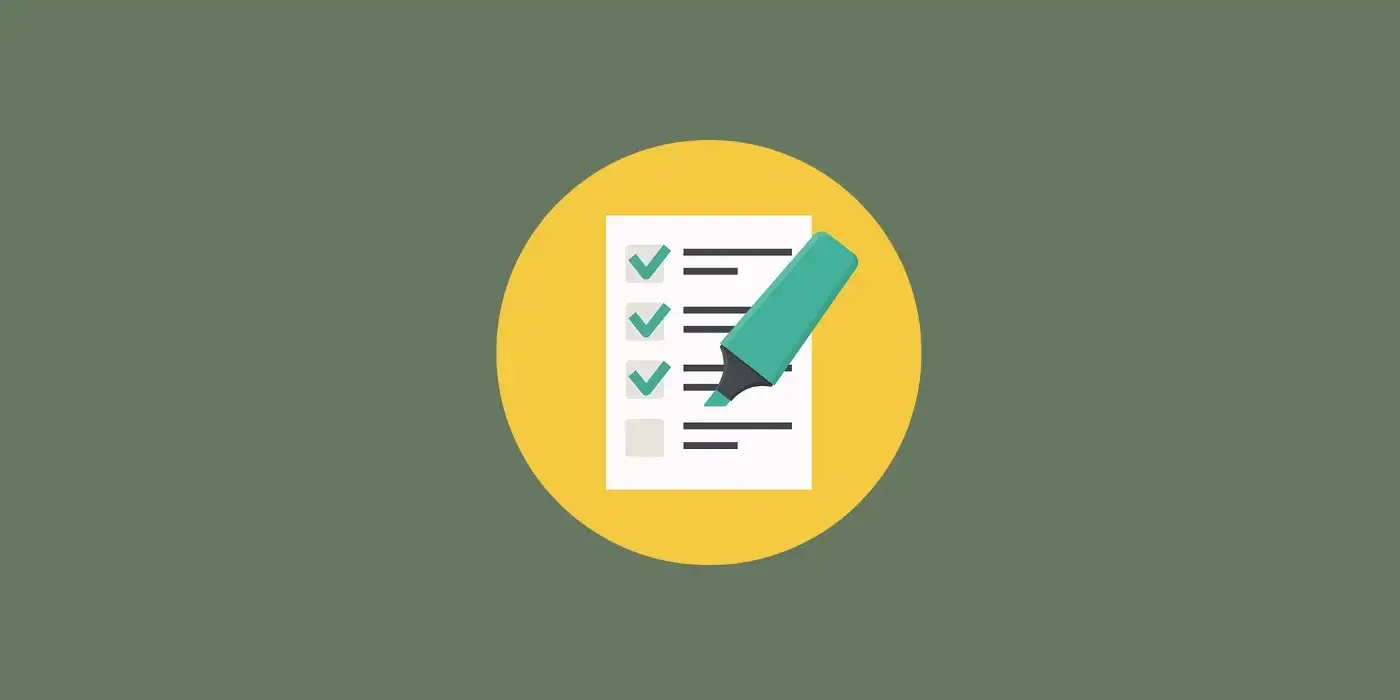 Crafting Freelance Offers: Charge So Much That It Makes You Uncomfortablecrafting freelance offers.
Crafting Freelance Offers: Charge So Much That It Makes You Uncomfortablecrafting freelance offers.
Earning with no experience
That’s all well and good, but what can you expect if you’re a beginner freelancer?
As a beginner on Upwork, you should put roughly 100% of your effort towards getting good reviews. After you build the 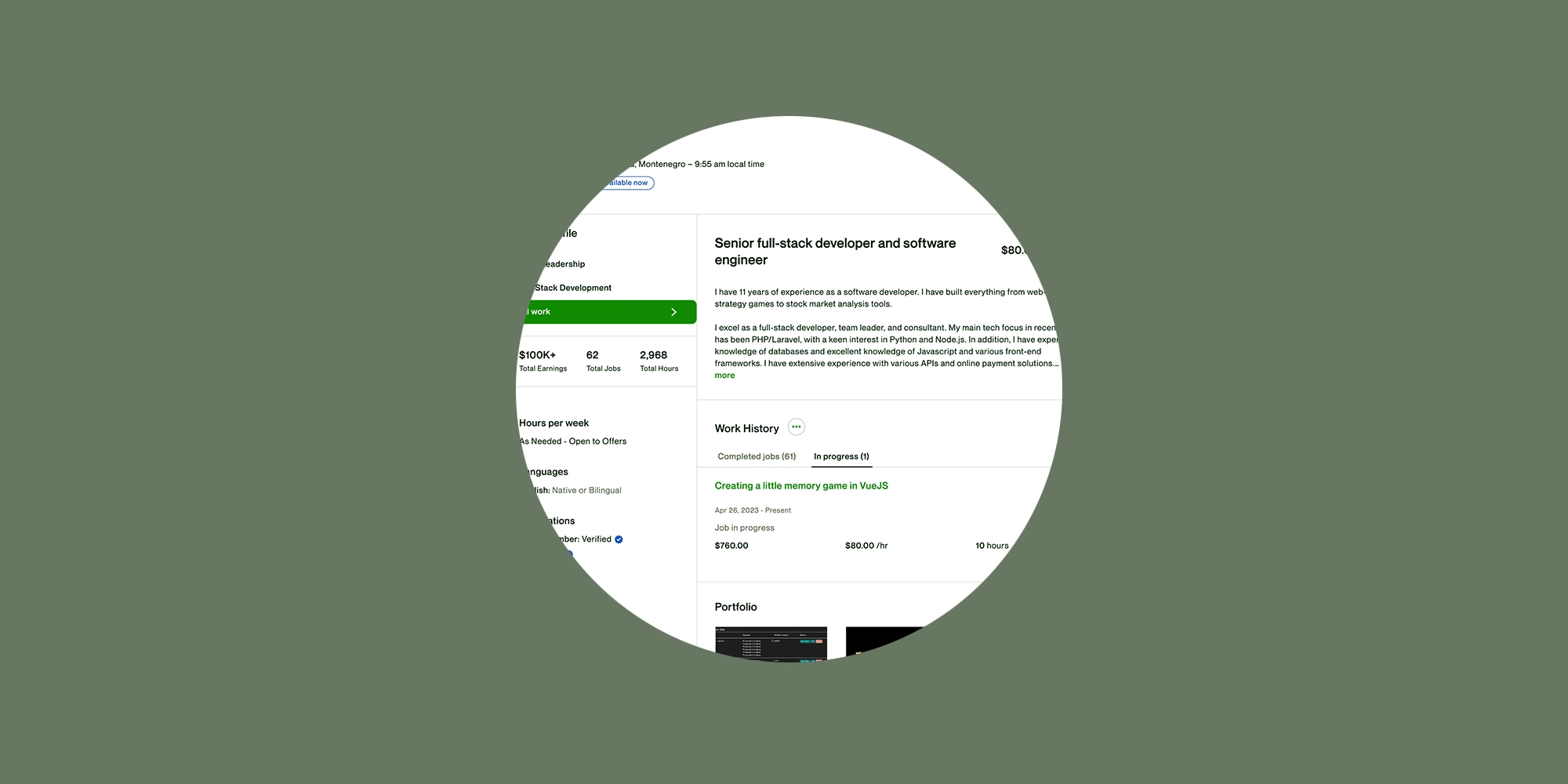 How To Optimize Your Upwork Profilebest Upwork profile you can, that is. But we’ll backtrack to that in a moment.
How To Optimize Your Upwork Profilebest Upwork profile you can, that is. But we’ll backtrack to that in a moment.
So, how should you hunt for projects as a beginner? I usually advise students not to get into bidding wars but that doesn’t really apply when you have zero projects to your name.
When you start from zero, you have to lowball bids to build your reputation.There’s no getting around it, at least not without cheating. Lower your prices by up to 50%, and make sure you write your proposals in a way that will let the client know they’re getting a great deal.
It hurts to undercharge for your work. Believe me, I know. The trick is to think of it as an investment. The Upwork profile boost you get from 5-10 positive reviews is worth far, far more than a couple hundred dollars of extra earnings.
Be cautious to only use this approach on fixed-price projects. If you apply it to hourly projects, it shows on your profile and it makes it harder to get clients to pay you reasonable rates later on. You can learn more by reading this article about the 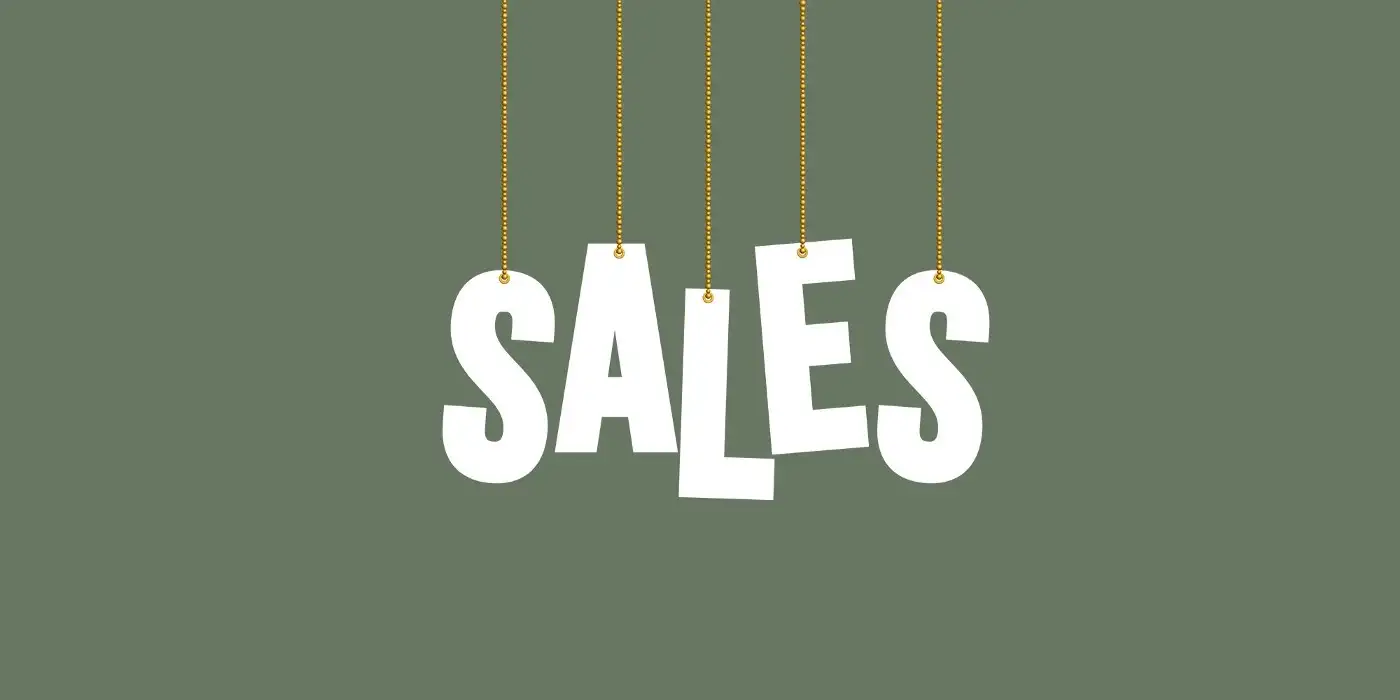 Pricing Freelance Projects: Everything You Need To Knowdifferences between fixed-price and hourly projects.
Pricing Freelance Projects: Everything You Need To Knowdifferences between fixed-price and hourly projects.
Your Upwork profile is a landing page
Treat it as such. A 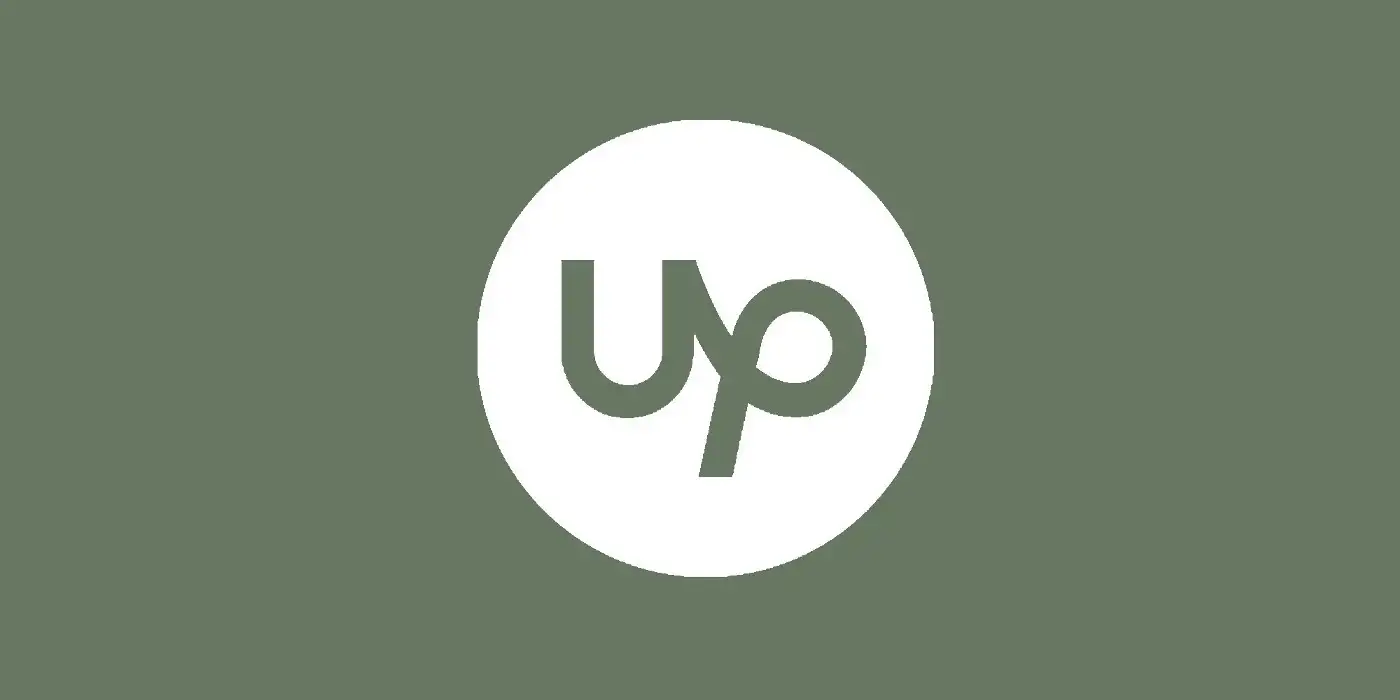 Six Ways to Monetize Your Upwork Profilegreat Upwork profile is an asset that will keep paying dividends for years, if not decades.
Six Ways to Monetize Your Upwork Profilegreat Upwork profile is an asset that will keep paying dividends for years, if not decades.
When you’re staring at that blank template, it may seem like you’re never gonna make it. You fill in all the fields, you upload your portfolio, you tick all the boxes. Still, the main thing is missing - client reviews for completed projects. In landing page lingo, this means you’re missing social proof. The moment you get the first positive review from a client, everything changes.

Landing pages deserve an article of their own, but for now, this will suffice:
A great landing page is clear and easy to absorb. It tells the reader exactly what you do. Focus on one thing. Diversify later. It conveys a promise of what you can do for the client and then it offers proof that you can deliver on that promise.
On Upwork, your first client acts as proof for your second client. They both act as proof for the third Upwork client, and so on. The dominoes fall quicker as time passes.
Understand how Upwork bidding works
Before you apply to any projects, take a moment to understand the Upwork bidding process. It’s more complex than it needs to be. In short:
You use “Connects” to bid on projects. You get 80 Connects when you sign up. Bidding on a project has a minimum cost, which can be up to 6 Connects, depending on the size of the project. You can enter a custom bid to get to the top of the list of applicants. I’ve seen projects where the top bid is as much as 500 Connects.
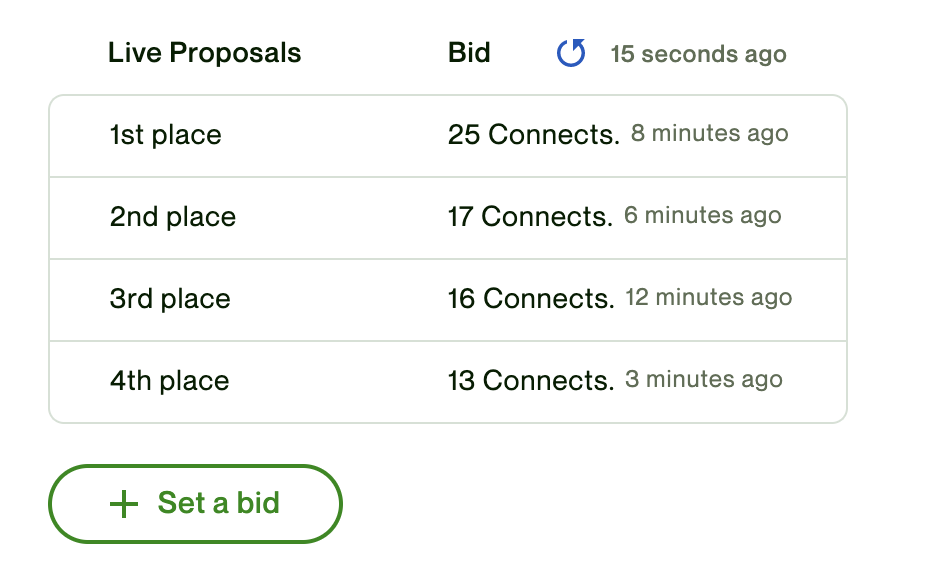
You can get more Connects by buying them ($1.50 for 10 Connects), paying for 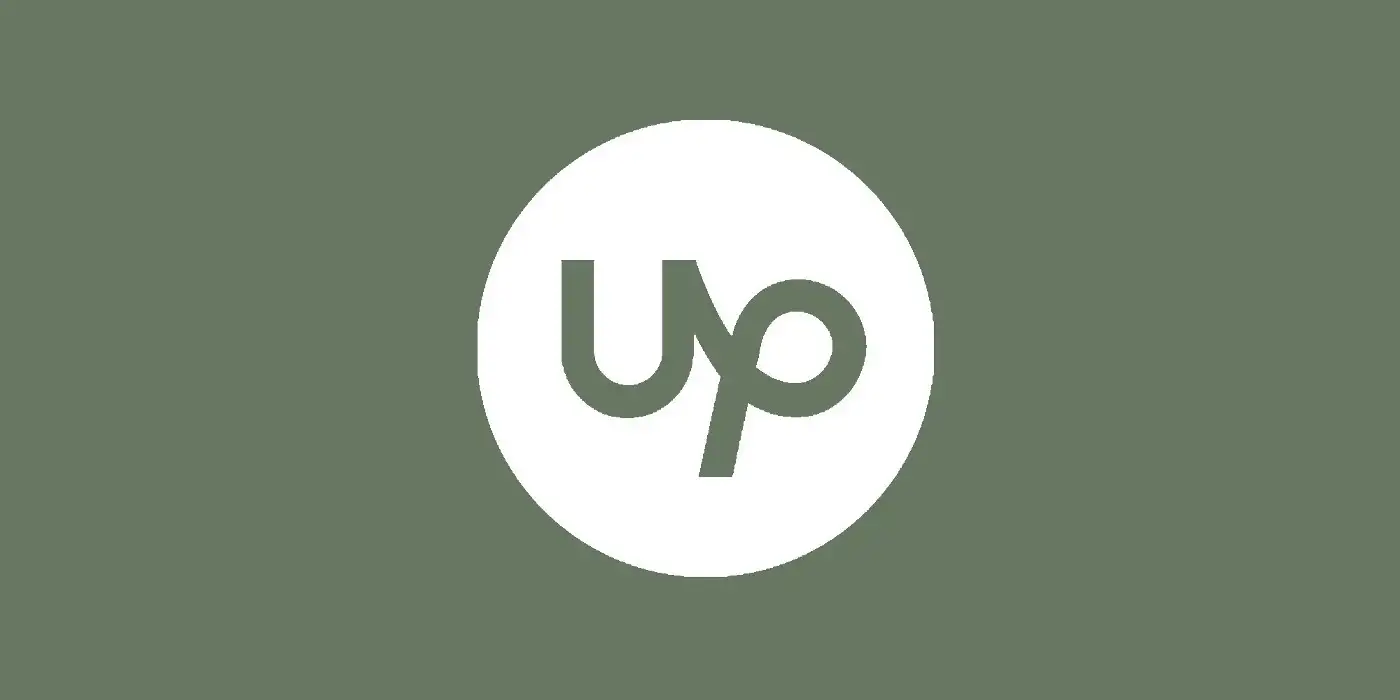 Is Upwork Premium Worth It?Upwork Premium ($20 / month), or they can be refunded to you if certain conditions are met.
Is Upwork Premium Worth It?Upwork Premium ($20 / month), or they can be refunded to you if certain conditions are met.
The question is: should you try to win the bidding war when you apply to projects? Here’s a simple rule of thumb.
If you can afford to invest money into being the #1 bid on the most desirable projects, do it. You wouldn’t believe how many clients hire the first freelancer they see (assuming the freelancer has a good profile and a solid proposal). This is especially true on small fixed-price projects where the client’s risk is limited. And this is exactly the sort of project you want as a total beginner!
If you can’t afford to be #1, don’t bother aiming for #2 or #3. Just stick to the minimum bids and focus on  How To Find the Best Clients on Upwork in Three Stepspicking your projects carefully.
How To Find the Best Clients on Upwork in Three Stepspicking your projects carefully.

How to jump-start Upwork growth
We’ve established that the first client is the most difficult to get. It can take weeks, or even months to go from 0 to 1. If you want to get your first client today, there are two approaches.
White hat: If you have clients outside of Upwork, ask one of them to join Upwork and hire you there. Instant positive review.
Black hat: I’m not advocating for this, but you should be aware that it’s a common practice. You can have a friend join Upwork as a client, create a fake project for you, and give you a great review. However, this is against the rules, and if you get caught you will likely be banned from the platform.
Certifications and badges
On Upwork, badges matter. They help you stand out and verify your experience.
After you create your profile, find out what certifications Upwork has available in your industry. Study for the certifications like you would for an important exam. They can be the difference between a prospect opening your proposal and ignoring you.
Long-term thinking
If you’re planning on trying Upwork in a few months, start preparing now. Update your skills, build your profile, take those certification exams, practice your writing, and keep improving.
In the meanwhile, build robust processes that will  Avoiding Single Points of Failure: The Key to Surviving as a Solopreneurkeep your freelance business alive in the long run.
Avoiding Single Points of Failure: The Key to Surviving as a Solopreneurkeep your freelance business alive in the long run.
Rome wasn’t built in a day.
Don't miss the next blog post!
I publish a new blog post every Wednesday. Join the newsletter to get:
- One valuable email a week.
- Zero spam.
- Exclusive content not found in the blog.
- Reply directly to me with questions or feedback.
Use the form at the bottom of this pageon the right to join the newsletter.


